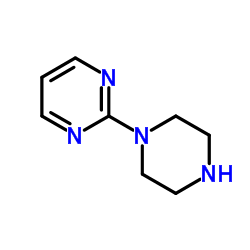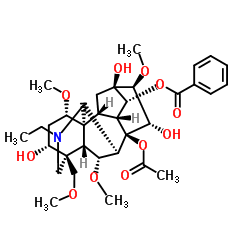| 结构式 | 名称/CAS号 | 全部文献 |
|---|---|---|
 |
丁螺旋酮盐酸盐
CAS:33386-08-2 |
|
 |
1-(2-嘧啶基)哌嗪
CAS:20980-22-7 |
|
 |
乌头碱
CAS:302-27-2 |